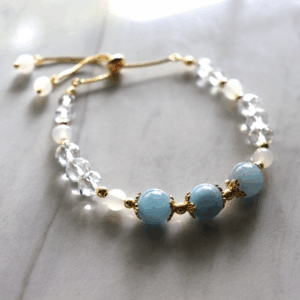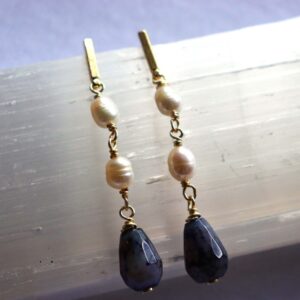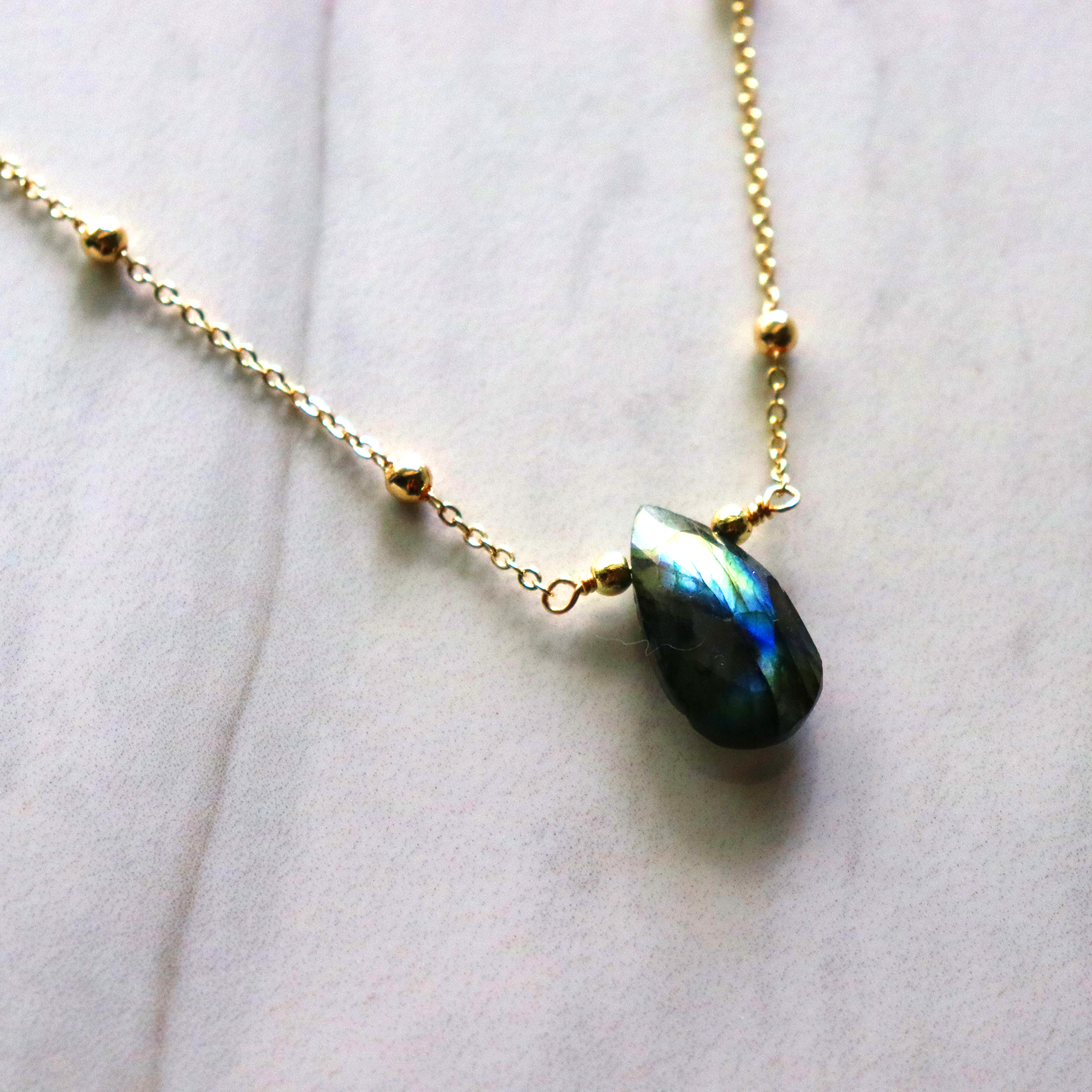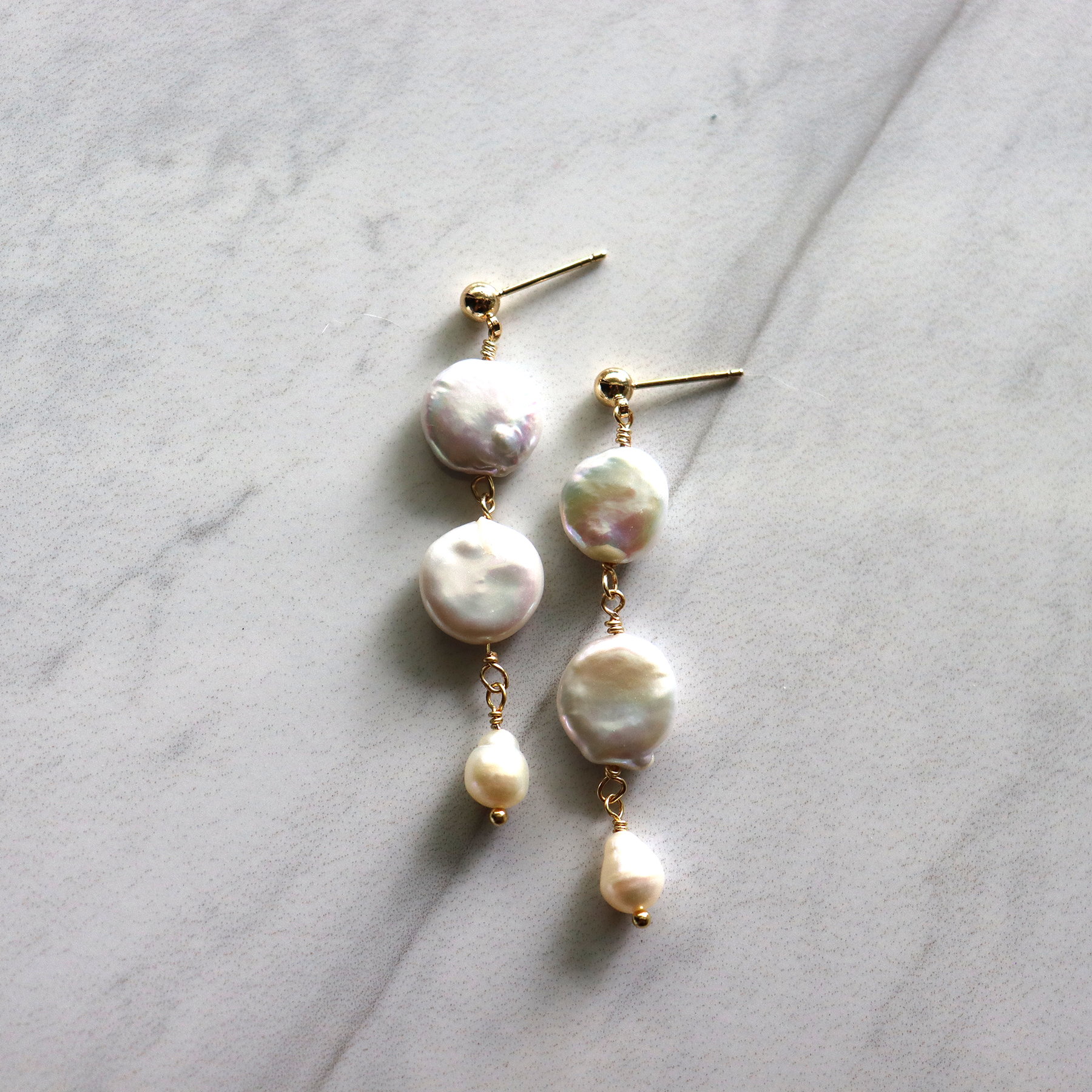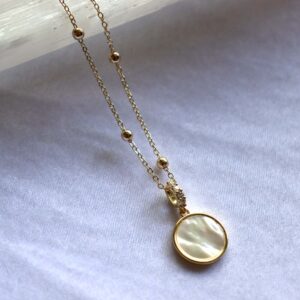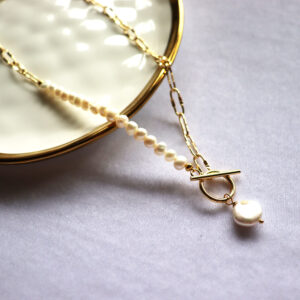aquamarine: The Ocean Gem
March birthstone
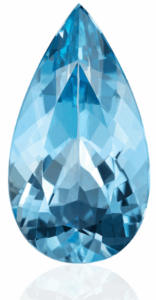
Physical properties
Aquamarine is a blue to blue-green variety of beryl, the same mineral family as emerald. Its name comes from the Latin aqua marina, meaning “sea water,” perfectly describing its oceanic hues. With a hardness of 7.5–8 on the Mohs scale, it’s durable for daily wear in jewelry. The stone ranges from pale, almost translucent blue to deep cerulean, with the most prized specimens displaying a vivid, medium-blue saturation. Its vitreous luster and often flawless clarity make it a favorite for faceted gemstones, beads, and carvings.
history
Aquamarine has been treasured since antiquity. The ancient Romans believed it protected sailors, ensuring safe voyages and calming stormy seas—a superstition that persisted into the Middle Ages. It was also associated with the god Neptune. In the 19th century, Brazilian mines yielded large, high-quality aquamarines, including the legendary 244-pound Dom Pedro crystal, now displayed in the Smithsonian. Brazilian aquamarines remain some of the most sought-after, though the stone is also found in Madagascar, Nigeria, and Pakistan.
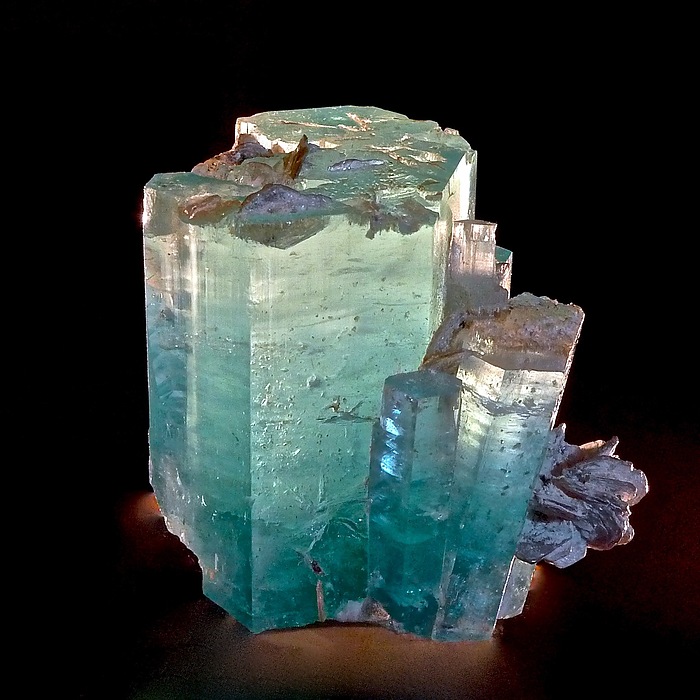
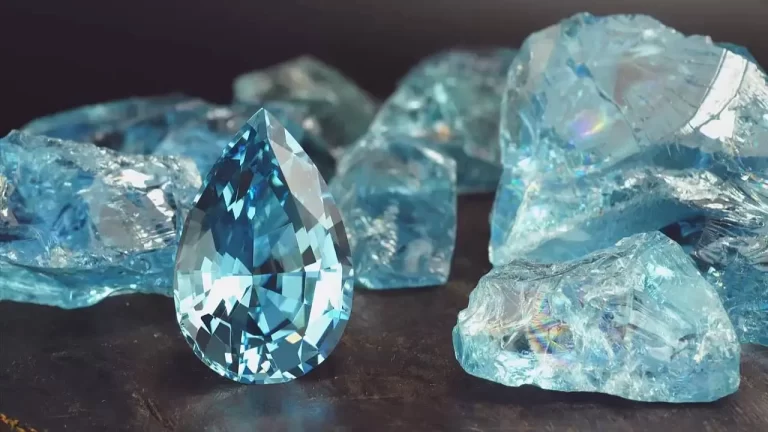
Symbolism & Beliefs
Aquamarine embodies serenity, courage, and clarity. Known as the “stone of the sea,” it symbolizes emotional balance, soothing anxiety and enhancing communication—particularly in difficult conversations. Many believe it helps release old fears and fosters truthfulness, making it a talisman for public speakers and healers. Associated with the throat chakra, it’s said to purify energy and encourage self-expression. In folklore, it was gifted to newlyweds to ensure lasting harmony, and today, it’s a popular March birthstone, representing renewal and hope.

